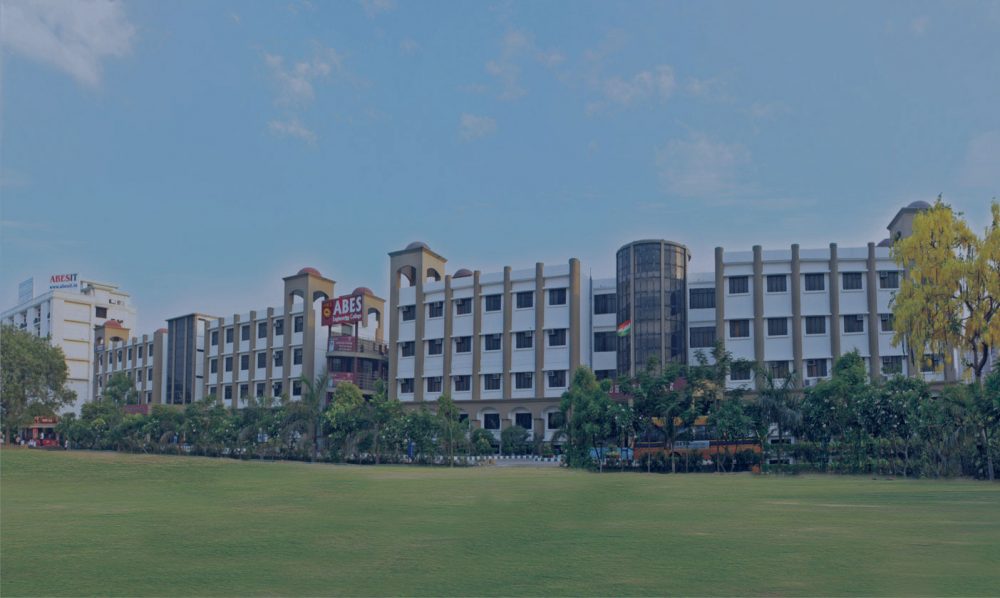The most important field of artificial intelligence that has revolutionized the domain of image processing is undoubtedly computer vision. It is said that a picture is more than a thousand words and computer vision has actually quantified the above saying. Computer vision works synonymously with human vision with the difference that the processing functions are performed by machines instead of neurons.
Given the intriguing nature of this field, various colleges for MCA have adopted this subject as a full-fledged and essential part of their curriculum. This article aims to understand the field of computer vision in deeper detail.
Computer vision makes use of sensors, cameras, data, and algorithms to recognize various types of images and distinguish them from each other.
The working of computer vision
The most important technology that lies at the center of computer vision is called deep learning. Computer vision makes use of deep learning techniques like convolutional neural networks to classify images. This means that large sets of data are needed in order to train our algorithmic models for processing visual data. If we make use of a smaller data set, the model may overfit and show erroneous results.
The convolution neural network analyses the image by breaking it down into pixels and then tagging those pixels in the first step. In the second step, a mathematical operation is performed on two different functions to obtain an output and the process is repeated n number of times. To make it much simpler, a convolution neural network first detects hard edges and simple shapes before processing the complex ones.
We also make use of a recurrent neural network to understand the complexity in an image or video application. The prime idea is to establish a relationship between different types of image frames.
The applications of computer vision
Given the level of research that is being carried out in the field of computer vision, the range of applications associated with this technique is constantly increasing. Computer vision is used in everyday applications like transportation, business, healthcare, and the like. The technology used in computer vision is a key driver of smart devices, security systems, and different types of sensors. Let us understand the applications of computer vision with the help of certain case studies. Computer vision was used in the 2018 Masters Golf tournament. The footage of this tournament was fed into IBM Watson and served as a comprehensive input data set. After the analysis of this data set, the curated highlights of the tournament were broadcasted to give an immersive experience to the audience.
Computer vision technology is also used by Google Translate. By pointing the camera of a smartphone to the text in another language, the application translates it into the desired language. This application is extremely important for tourists who visit foreign destinations but are unaware of the local language.
Needless to mention, computer vision has found great application in self-driven cars. Self-driven cars are mounted with numerous sensors with the aim of identifying traffic signals, pedestrians as well as other cars. This information is collected as training data for the model which intelligently learns the art of driving over a period of time. In addition to this, computer vision has also been used in the automotive sector. In this sector, computer vision is used to test the quality of vehicles and rectify any defects in the cars before they leave the factory.
Computer vision in action
The three important tasks that are performed by various systems using computer vision include the classification, detection, and tracking of objects. Image classification is useful in social media as it enables us to remove certain objectionable images by instantly identifying them after being uploaded. Image detection is used in assembly-line production for identifying defects in various kinds of manufactured products. Image tracking is used in self-driven cars for the identification of moving objects like pedestrians for avoiding any type of collision. In addition to this, computer vision also finds application in the digital asset management system where different kinds of images are stored, processed, and retrieved without any latency.
The future of computer vision
What started as a simple branch of image analysis is slowly transitioning to a unique science based on a wide range of applications. The usage of computer vision in fields like neuroscience and neurophysiology has paved the way for intriguing research in this field. As such, this field would further evolve in the near future given the research dimensions that are emanating from it.
